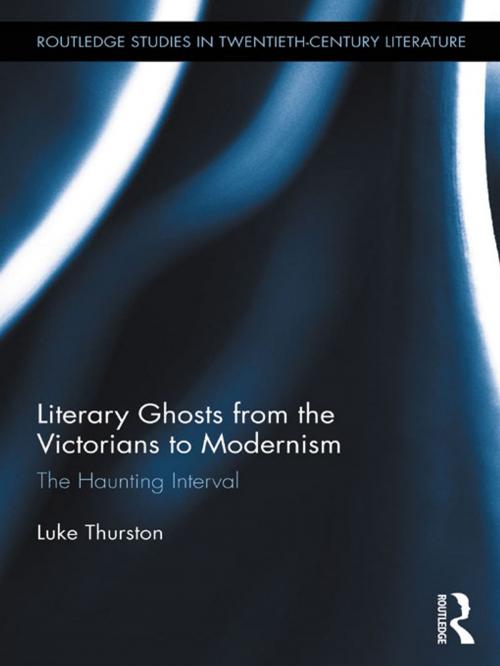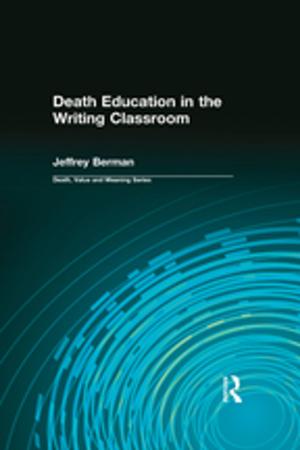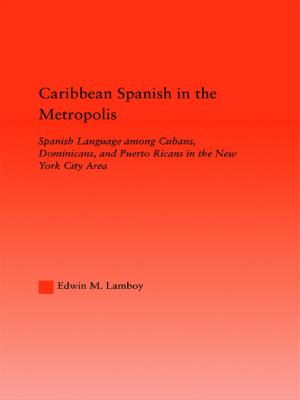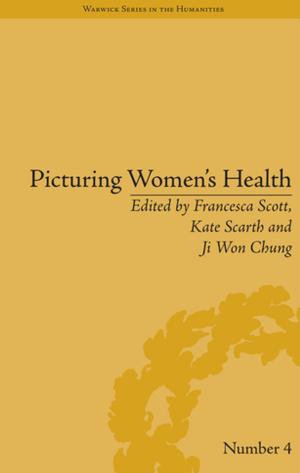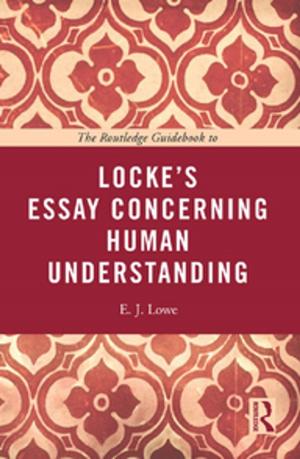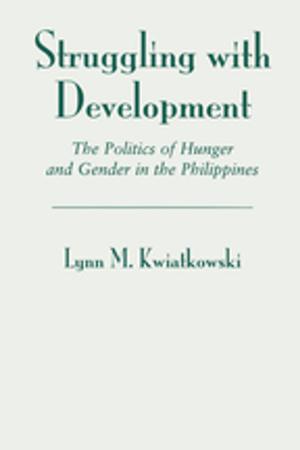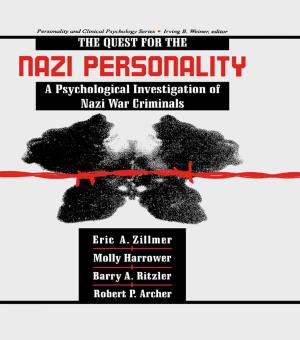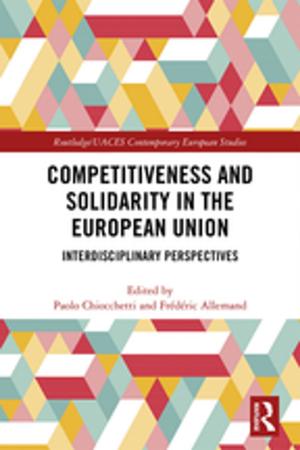Literary Ghosts from the Victorians to Modernism
The Haunting Interval
Fiction & Literature, Literary Theory & Criticism, Gothic & Romantic, European, British| Author: | Luke Thurston | ISBN: | 9781136282478 |
| Publisher: | Taylor and Francis | Publication: | October 2, 2012 |
| Imprint: | Routledge | Language: | English |
| Author: | Luke Thurston |
| ISBN: | 9781136282478 |
| Publisher: | Taylor and Francis |
| Publication: | October 2, 2012 |
| Imprint: | Routledge |
| Language: | English |
This book resituates the ghost story as a matter of literary hospitality and as part of a vital prehistory of modernism, seeing it not as a quaint neo-gothic ornament, but as a powerful literary response to the technological and psychological disturbances that marked the end of the Victorian era. Linking little-studied authors like M. R. James and May Sinclair to such canonical figures as Dickens, Henry James, Woolf, and Joyce, Thurston argues that the literary ghost should be seen as no mere relic of gothic style but as a portal of discovery, an opening onto the central modernist problem of how to write ‘life itself.’ Ghost stories are split between an ironic, often parodic reference to Gothic style and an evocation of ‘life itself,’ an implicit repudiation of all literary style. Reading the ghost story as both a guest and a host story, this book traces the ghost as a disruptive figure in the ‘hospitable’ space of narrative from Maturin, Poe and Dickens to the fin de siècle, and then on into the twentieth century.
This book resituates the ghost story as a matter of literary hospitality and as part of a vital prehistory of modernism, seeing it not as a quaint neo-gothic ornament, but as a powerful literary response to the technological and psychological disturbances that marked the end of the Victorian era. Linking little-studied authors like M. R. James and May Sinclair to such canonical figures as Dickens, Henry James, Woolf, and Joyce, Thurston argues that the literary ghost should be seen as no mere relic of gothic style but as a portal of discovery, an opening onto the central modernist problem of how to write ‘life itself.’ Ghost stories are split between an ironic, often parodic reference to Gothic style and an evocation of ‘life itself,’ an implicit repudiation of all literary style. Reading the ghost story as both a guest and a host story, this book traces the ghost as a disruptive figure in the ‘hospitable’ space of narrative from Maturin, Poe and Dickens to the fin de siècle, and then on into the twentieth century.
